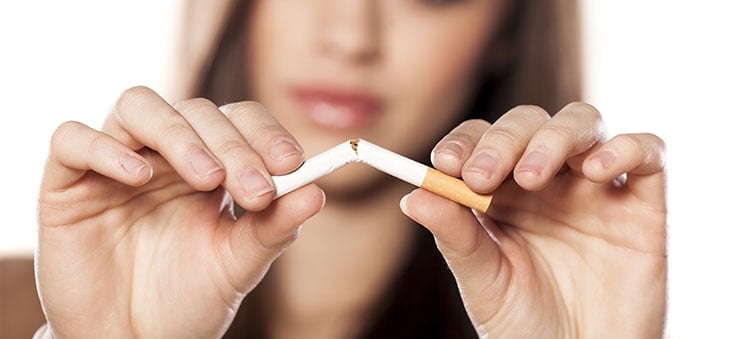In the past, people thought that oral cancer was exclusively diagnosed in old men who smoked tobacco for decades. While oral cancer is doubly as prevalent in men as it is in women, and that lifestyle choice can increase the risk, more younger people have been diagnosed in recent years. Professional dentists recommend oral cancer screening at every dentist visit for people between the ages of 25 and 50.
Why Should Young People Be Screened for Oral Cancer?
Since more older people are diagnosed with oral cancer, many dentists don’t both screening younger people. However, it is important to recognize the increase in prevalence in younger people. For that reason, screening is an important part of early detection. Early detection can increase the chances of successful treatment, and therefore survival, significantly.
Since 1984, there has been an increase in oral cancer, and also in the human papillomavirus (HPV). Every year, 33,000 new cases of cancer are found in the same body parts where HPV is prevalent, such as cervical cancer in women. Researchers believe that there is a correlation between oral cancer and HPV.
However, HPV-related oropharyngeal and oral cancers are harder to detect than those caused by tobacco. The symptoms are not always obvious to the individual or to professionals, as they are often painless and subtle. Also, not all oral cancer screening devices can find these types of cancer. The best screening for this purpose is a tactile and visual exam, performed by a dentist or doctor on a regular basis.
Here’s what you should know about oral cancers:
- While HPV is the most common sexually transmitted virus infection, it does not mean that you or your partner has been unfaithful, as it can lay dormant for many years, during which you will not test positive.
- There are approximately 200 strains of HPV, with only 9 that cause cancers, and 6 suspected to cause cancer. HPV 16 is the one that causes oral cancer and that of reproductive organs.
- Early detection can help ensure successful treatment as there is an 81% five-year survival rate.
- Only 35% of cases of oral cancer are detected during the earliest stage.
How to Reduce Your Risk of Oral Cancer
As with all cancers, prevention is better than cure. You can reduce your risk of oral cancer by:
- stopping – or at least limiting – your use of all types of tobacco products
- reducing alcohol intake
- use a sunscreen with SPF12+
- if your dentures don’t fit properly, speak to your dentist
Possible Signs of Oral Cancer
Oral cancer symptoms may include:
- sore or ulcer that doesn’t heal for more than 3 weeks
- discoloration or the soft tissues
- pain or difficulty swallowing.
- asymmetrical tonsils
- persistently hoarse voice and sore throat
- lumps and swelling in the mouth
- numb feeling in the lips or mouth
- constant coughing
- one persistent earache
Don’t delay oral cancer screening just because you think it is an old man’s disease. The screening is painless and simple, and early detection can save your life.




